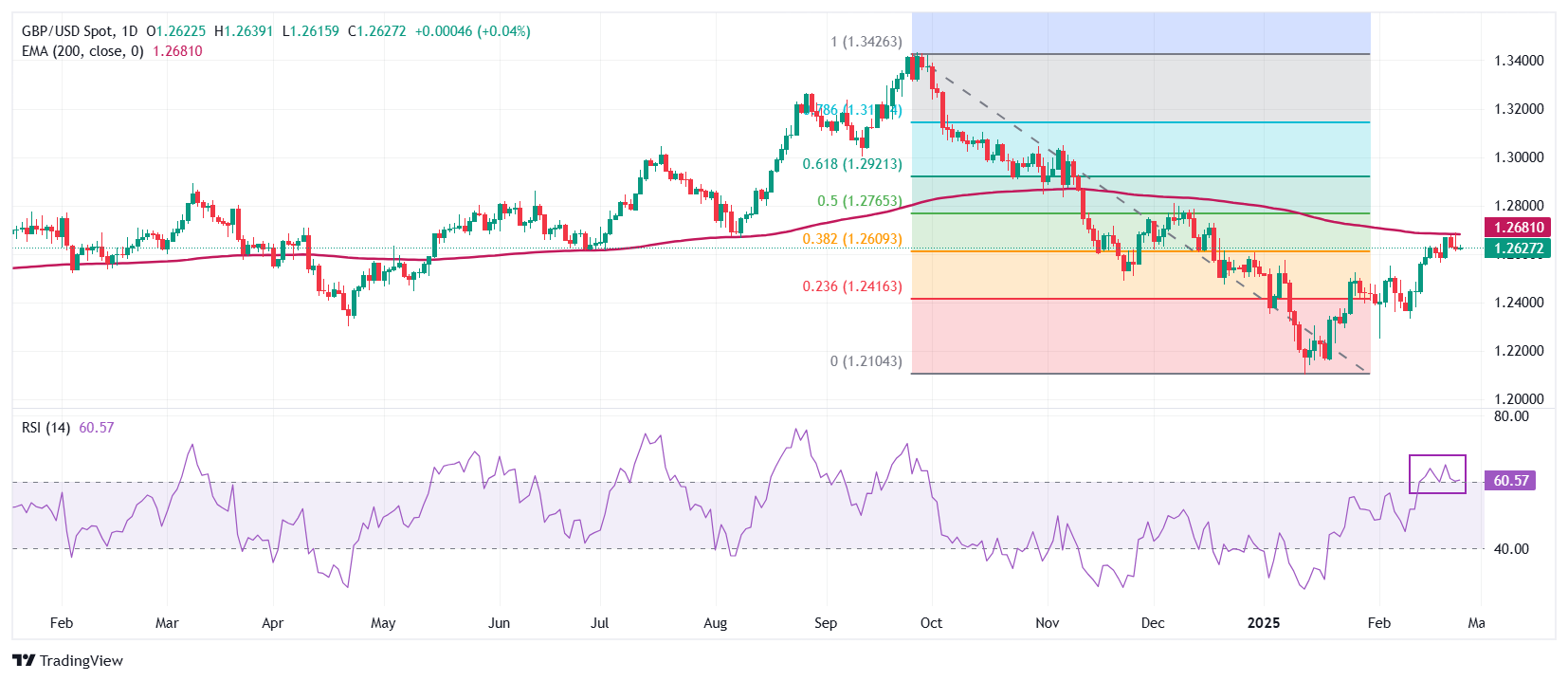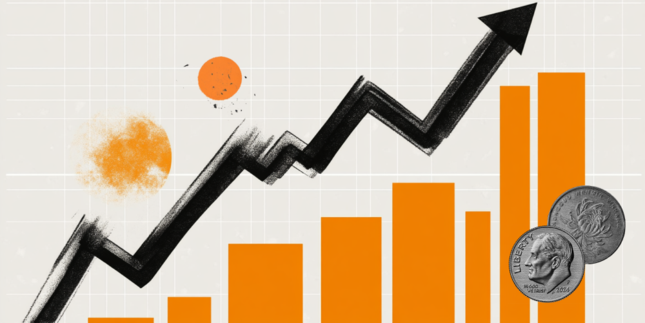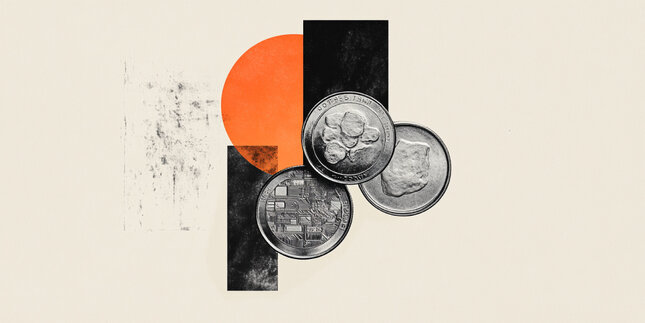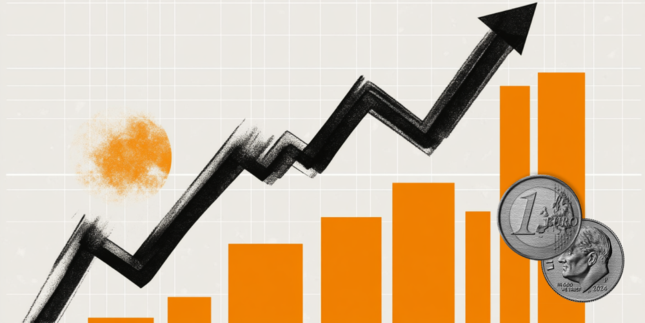Pound Sterling flattens while BoE Dhingra supports quick monetary expansion cycle
- The Pound Sterling steadies against the US Dollar, with investors remaining cautious on US President Trump’s tariff agenda.
- President Trump is poised to impose 25% tariffs on all imports from Canada and Mexico.
- BoE’s Dhingra favors a swift unwinding of policy restrictiveness to boost consumption.
The Pound Sterling (GBP) trades sideways against its major peers on Tuesday as investors look for fresh cues about the likely monetary policy action by the Bank of England (BoE) this year. In the policy meeting earlier this month, the BoE reduced its key borrowing rates by 25 basis points (bps) to 4.5% and guided a gradual policy easing stance.
However, BoE Monetary Policy Committee (MPC) member Swati Dhingra favored a quick monetary expansion cycle due to the weak demand environment in her speech at Birkbeck on Monday. "I know 'gradual' has been interpreted in the media as 25 basis points (bps) per quarter, but cutting interest rates at this pace for the remainder of 2025 would still leave monetary policy in an undesirable restrictive position at the end of the year,” Dhingra said. She also warned that “consumption weakness is just not going away”, which is why she is favoring to “reduce the level of monetary policy restriction”.
It is worth noting that Dhingra voted for a 50 bps interest rate reduction in the last monetary policy, along with policymaker Catherine Mann. Other MPC members were in favor of a quarter-to-a-percent cut in interest rates.
Meanwhile, market participants have priced in two more interest rate cuts of 25 bps by the BoE this year, which are expected to come after March’s policy meeting.
British Pound PRICE Today
The table below shows the percentage change of British Pound (GBP) against listed major currencies today. British Pound was the strongest against the New Zealand Dollar.
| USD | EUR | GBP | JPY | CAD | AUD | NZD | CHF | |
|---|---|---|---|---|---|---|---|---|
| USD | -0.07% | -0.03% | 0.01% | 0.00% | 0.25% | 0.37% | -0.10% | |
| EUR | 0.07% | 0.03% | 0.11% | 0.07% | 0.32% | 0.43% | -0.03% | |
| GBP | 0.03% | -0.03% | 0.04% | 0.03% | 0.28% | 0.40% | -0.07% | |
| JPY | -0.01% | -0.11% | -0.04% | -0.01% | 0.25% | 0.35% | -0.11% | |
| CAD | -0.00% | -0.07% | -0.03% | 0.00% | 0.26% | 0.36% | -0.11% | |
| AUD | -0.25% | -0.32% | -0.28% | -0.25% | -0.26% | 0.11% | -0.36% | |
| NZD | -0.37% | -0.43% | -0.40% | -0.35% | -0.36% | -0.11% | -0.47% | |
| CHF | 0.10% | 0.03% | 0.07% | 0.11% | 0.11% | 0.36% | 0.47% |
The heat map shows percentage changes of major currencies against each other. The base currency is picked from the left column, while the quote currency is picked from the top row. For example, if you pick the British Pound from the left column and move along the horizontal line to the US Dollar, the percentage change displayed in the box will represent GBP (base)/USD (quote).
Daily digest market movers: Pound Sterling trades broadly flat against US Dollar
- The Pound Sterling ticks slightly higher to near 1.2635 against the US Dollar (USD) in Tuesday’s European session. The GBP/USD pair edges higher as the US Dollar Index (DXY), which tracks the Greenback’s value against six major currencies, trades subduedly and ticks lower to near 106.60 after a strong recovery from the 10-week low it posted on Monday.
- The Greenback rebounded strongly in the second half of Monday, fueled by renewed fears of a global trade war after United States (US) President Donald Trump said that tariffs on its North American peers would proceed as planned.
- “The tariffs are going forward on time, on schedule,” Trump said from the White House during a joint press conference with French President Emmanuel Macron.
- On February 5, President Trump postponed his plans to impose 25% tariffs on Canada and Mexico for a month after they agreed for criminal enforcement at borders to restrict the flow of fentanyl and undocumented individuals into the US.
- Going forward, investors will focus on the US Durable Goods Orders and the Personal Consumption Expenditures Price Index (PCE) data for January, which will be released on Thursday and Friday, respectively. Investors will pay close attention to the US PCE inflation data as it will influence market speculation about the Federal Reserve’s (Fed) monetary policy outlook.
- Until now, Fed officials have supported keeping interest rates in their current range of 4.25%-4.50% until they gauge the impact of Trump’s economic agenda on inflation and the economic outlook.
- On Monday, Chicago Fed Bank President Austan Goolsbee said in an interview with Chicago public TV station WTTW that the central bank needs ‘more clarity’ on the total impact of Trump’s policies before going back to cutting interest rates.
Technical Analysis: Pound Sterling strives for firm-footing above 38.2% Fibo retracement

The Pound Sterling wobbles above the key support of 1.2600 against the US Dollar in Tuesday’s European session while the 200-day Exponential Moving Average (EMA) continues to be a major hurdle around 1.2680. The GBP/USD pair aims to gain ground around the 38.2% Fibonacci retracement from the end-September high to the mid-January low downtrend around 1.2620.
The 14-day Relative Strength Index (RSI) oscillates above 60.00. The bullish momentum remains intact if the RSI (14) holds above that level.
Looking down, the February 11 low of 1.2333 will act as a key support zone for the pair. On the upside, the 50% and 61.8% Fibonacci retracement at 1.2767 and 1.2927, respectively, will act as key resistance zones.
Economic Indicator
Core Personal Consumption Expenditures - Price Index (YoY)
The Core Personal Consumption Expenditures (PCE), released by the US Bureau of Economic Analysis on a monthly basis, measures the changes in the prices of goods and services purchased by consumers in the United States (US). The PCE Price Index is also the Federal Reserve’s (Fed) preferred gauge of inflation. The YoY reading compares the prices of goods in the reference month to the same month a year earlier. The core reading excludes the so-called more volatile food and energy components to give a more accurate measurement of price pressures." Generally, a high reading is bullish for the US Dollar (USD), while a low reading is bearish.
Read more.Next release: Fri Feb 28, 2025 13:30
Frequency: Monthly
Consensus: 2.6%
Previous: 2.8%
Source: US Bureau of Economic Analysis
After publishing the GDP report, the US Bureau of Economic Analysis releases the Personal Consumption Expenditures (PCE) Price Index data alongside the monthly changes in Personal Spending and Personal Income. FOMC policymakers use the annual Core PCE Price Index, which excludes volatile food and energy prices, as their primary gauge of inflation. A stronger-than-expected reading could help the USD outperform its rivals as it would hint at a possible hawkish shift in the Fed’s forward guidance and vice versa.
Forex News
Keep up with the financial markets, know what's happening and what is affecting the markets with our latest market updates. Analyze market movers, trends and build your trading strategies accordingly.



























